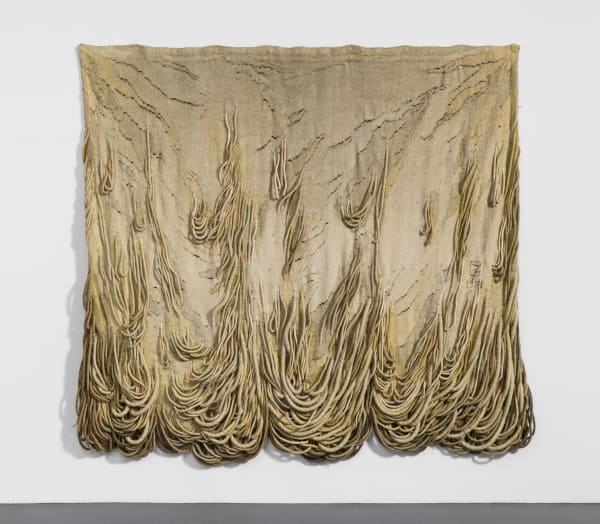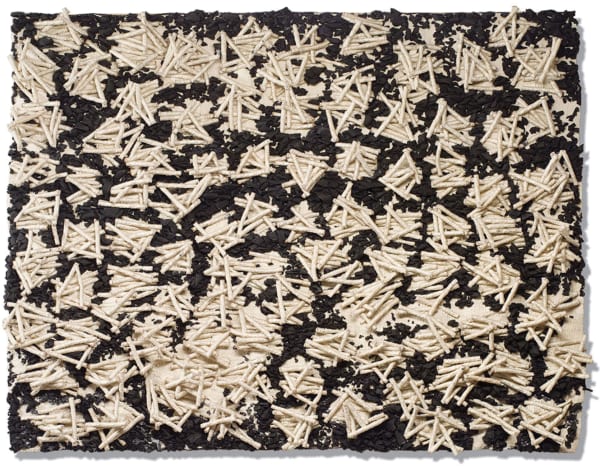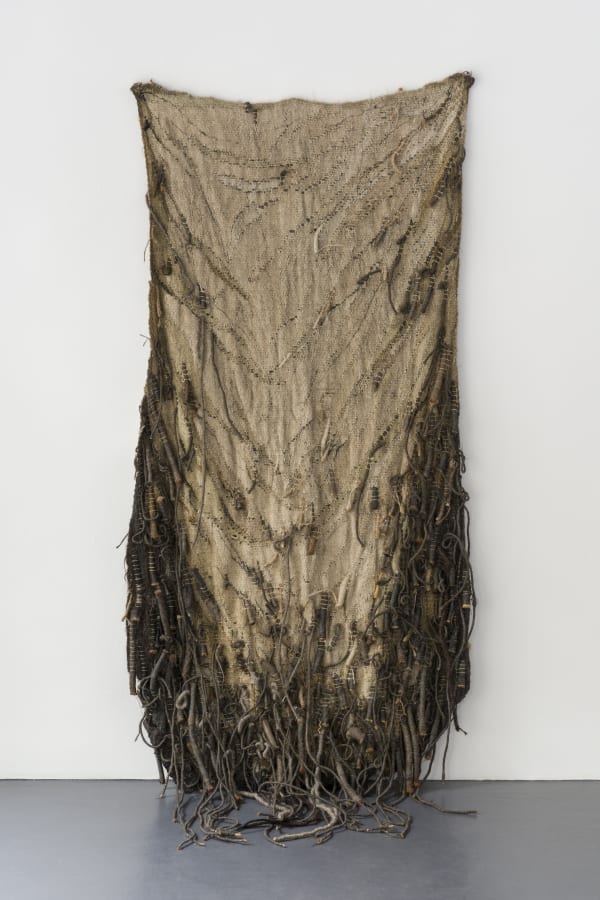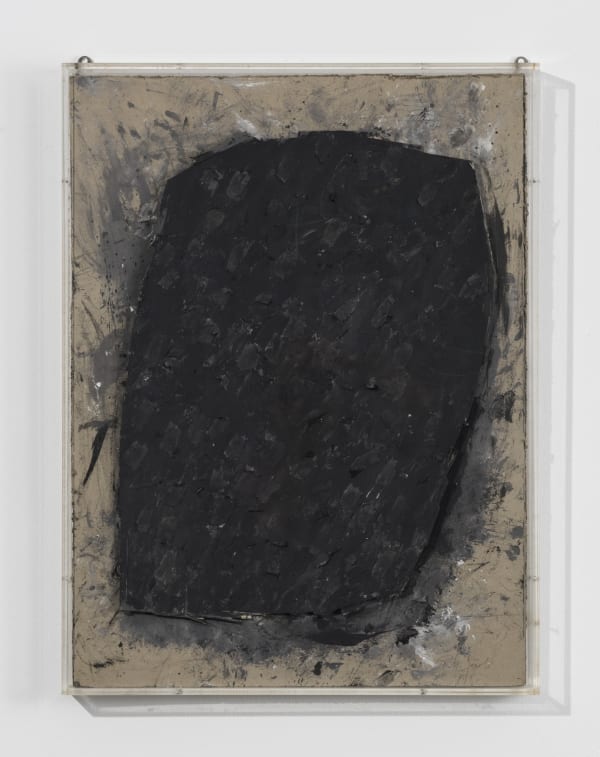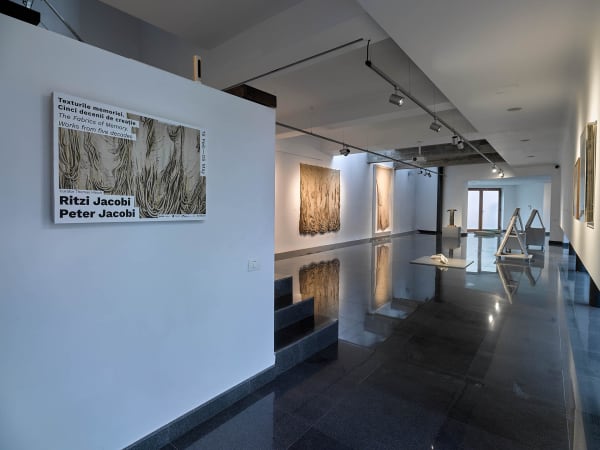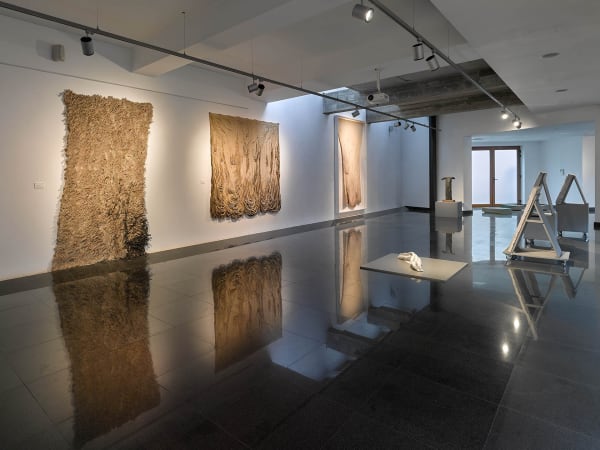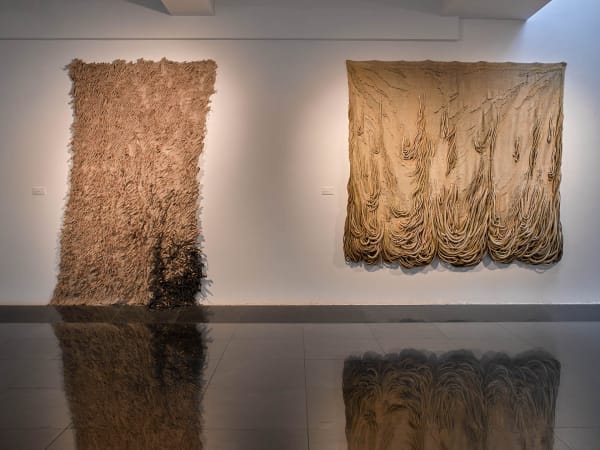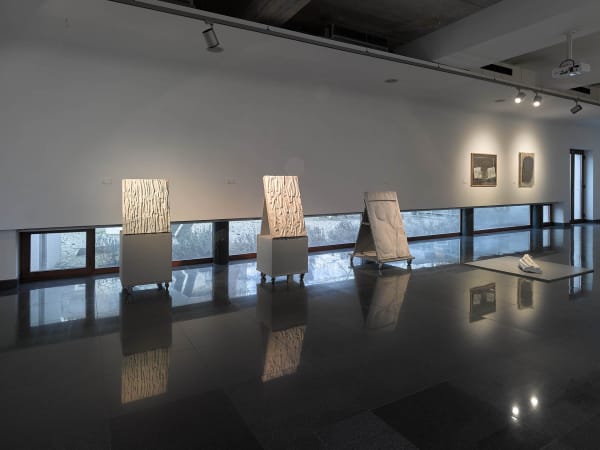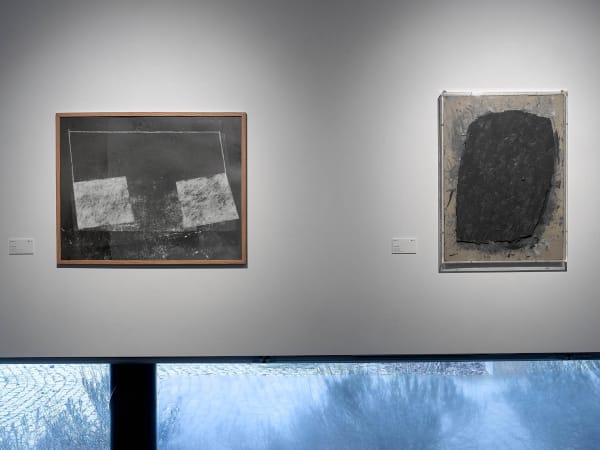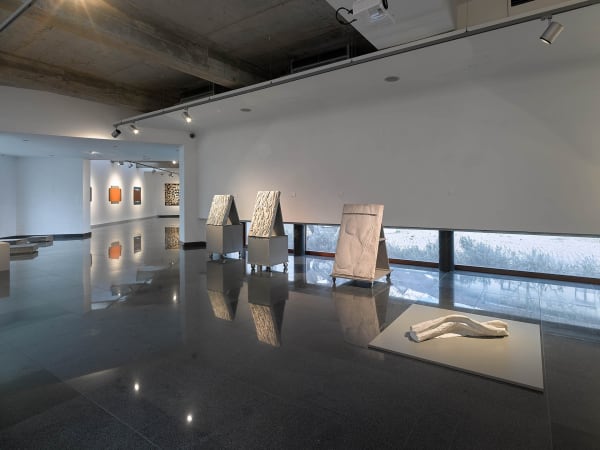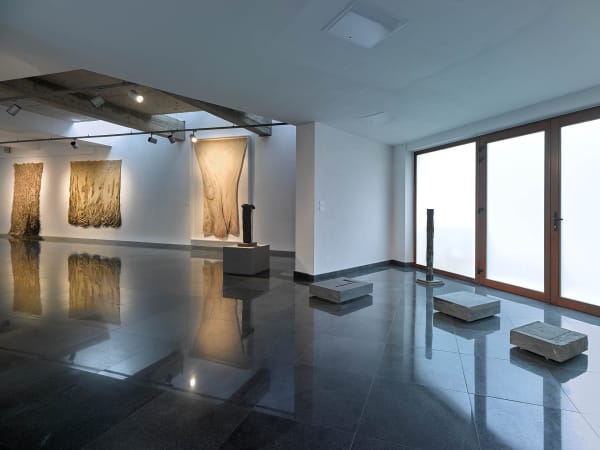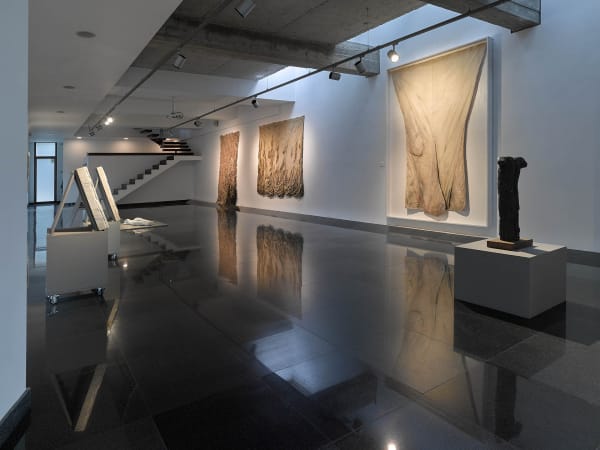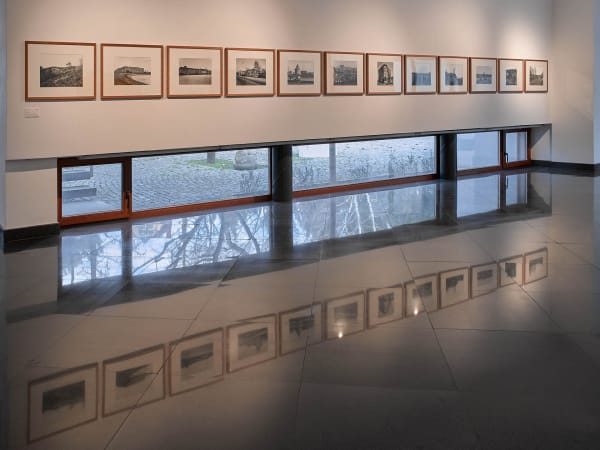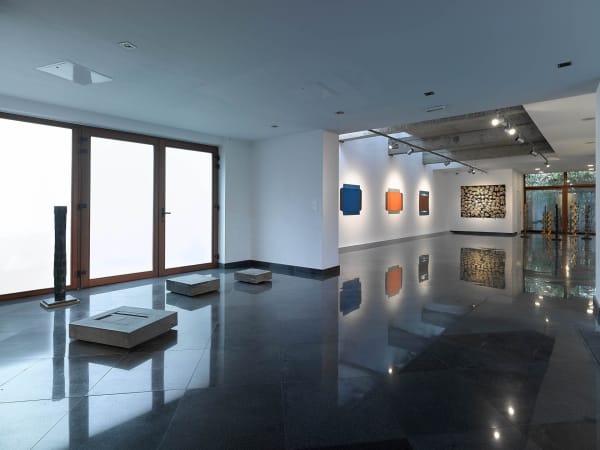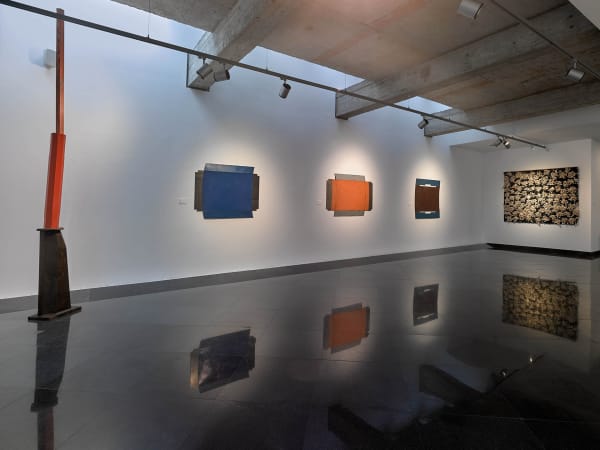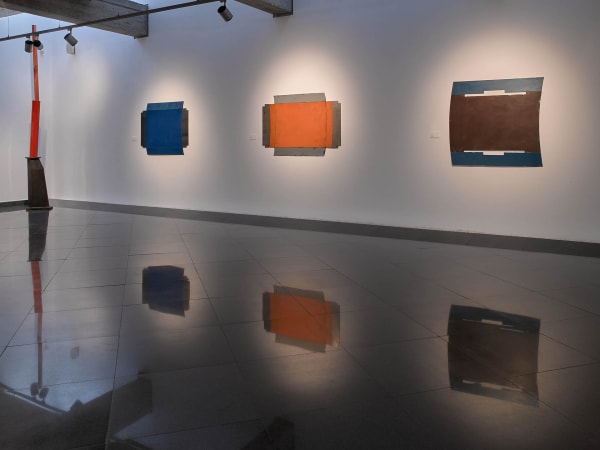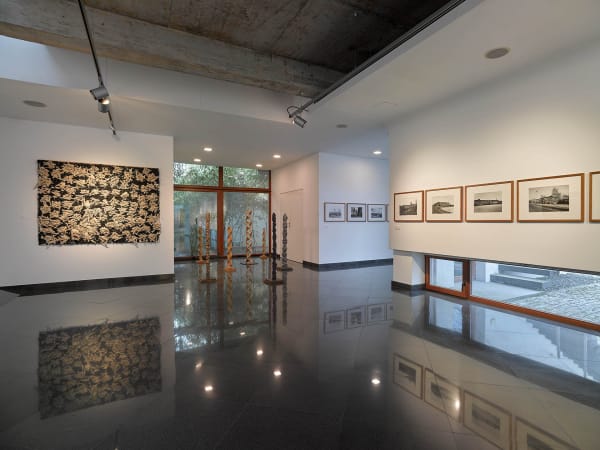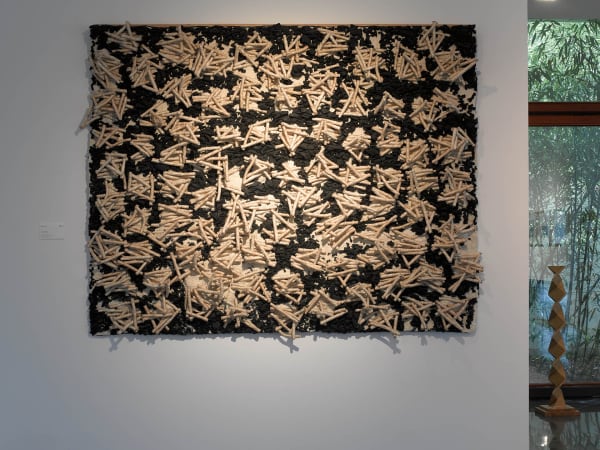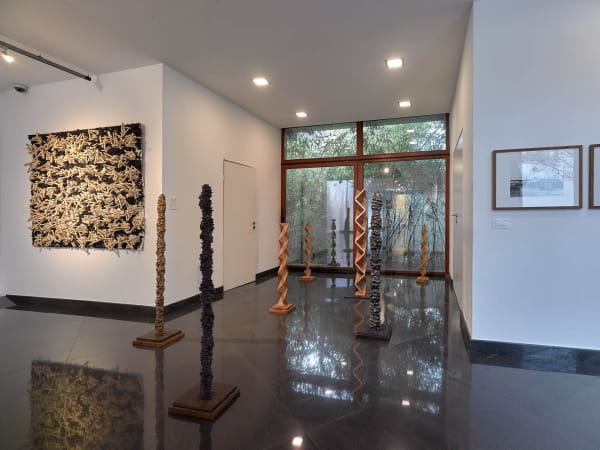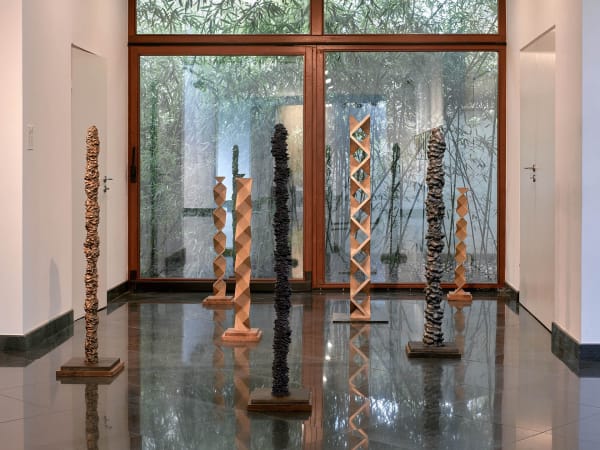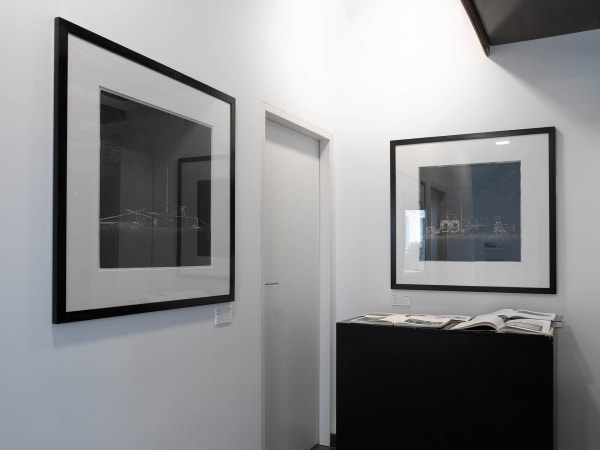Ritzi Jacobi & Peter Jacobi. Fabrics of Memory : curator Thomas Hirsch
With the “The Fabrics of Memory”, Jecza Gallery offers a joint presentation of the works of Ritzi and Peter Jacobi for the first time in a long while. In addition to their works made together between the 1960s and 1980s, exhibits created separately are also included.
Ritzi and Peter Jacobi became internationally known in the mid-1960s for their objects and mural works, some of which they created together, some of them separately, made of textile fabric, and partly combined with wood and metal.
In the Romanian pavilion at the Venice Biennale in 1970, they presented a fantastically proliferating environment made up of several objects with tentacles and bulges, which blended the traditions of folklore and handcrafted weaving with aspects of the contemporary avant-garde. The artist couple moved to Germany that same year, but they continued to include motifs from the history, landscape, and vegetation of their homeland in their work. Among the stylistic aspects that kept on being a fluid constant in the works of both artists, one can notice the lively, gestural abstract surface, the tonal sophistication of black and white, the elemental that points to vegetation and a life in harmony with nature, and the sculptural consciousness interested in tactile plasticity, involving the human body as an actor and counterpart.
The exhibition in the Jecza Gallery presents examples of these partly monumental, abstract textile reliefs, especially made of goat hair yarn, horse hair, and cotton, which almost embrace the viewers, absorbing them like an aura and triggering many associations. At the same time, they can also be understood as purely abstract, restlessly moving shapes that push from the surface into the surrounding space, with a dense materiality. Thus, Ritzi and Peter Jacobi, along with artists such as Jagoda Buić and Magdalena Abakanowicz, make a crucial contribution to the establishment of tapestry in contemporary art. Another material that plays a prominent role for the two artists is paper, included in the dense layering and staggered arrangement of individual surfaces and particles. Here belongs the group of works called “Soft Drawings,” in which several layers of rice paper, some covered with graphite and some assembled, hang one behind the other.
In the 1970s, Ritzi and Peter were already increasingly working separately. They continued the previous artistic research in their expressive languages, in an open and equally innate and original way. While Ritzi initially continued to work with paper and large cardboard boxes that appeared massive in the exhibition space, she began to experiment with metal tubes and aluminium sheets in the late 1990s, attempting to determine the centre of gravity and energy centres. Exploring the materials, she asked questions about the physical and psychological fragility and, at the same time, created abstract drawings. Peter primarily turned to sculptural, resistant, “hard” materials and to photography, mostly in black and white. His works address individual memory, transience, and contemporary history, in particular the losses and damage left behind by the Second World War and the fate of the Transylvanian population, who were deported to the Soviet Union for forced labour from 1945 on. He is best known for his public memorials, most notably the stainless-steel sculpture in the Yuzi Sculpture Park in Guilin, China, and the Holocaust Memorial in Bucharest (2009). His autonomous reliefs, preferably made of marble, consistently continue the vital structure of the textile reliefs in their togetherness and juxtaposition of elongated forms reminiscent of body fragments. Furthermore, multi-part floor sculptures are created, mainly out of granite and marble, in which the cut blocks are placed in and around each other at right angles, thus contributing to international Minimal Art. On the other hand, at the feet of the viewer, they refer to memorial stones and architectural remains, by means of perspective, physicality, measure and proportion. They are represented in the exhibition as well as his columns made of serially staggered modules and the steles made of plaster or metal, which are tactilely shaped all round. The sensitive examination of material substance, deeply touching indeed, returns in the extensive photographic series on the remaining traces of the “West Wall” (The Siegfried Line) which, starting in 1938, walk the former western line of defence of the German Reich, in overview shots. They clarify the conceptual roles of geology and archaeology, as a search for what was buried and as a remembrance work in Peter Jacobi’s entire creation.
An important group of works by Ritzi Jacobi is the “Non-Folder”, created in the mid-1990s. These are large-format, multi-part, non-representational wall works made primarily of solid, standardized-looking industrial cardboard, which are connected to one another over a large area and are each determined by a colour applied with varnish. The colour is densely applied in a changing style. The sound of the image carrier shines through shreds, with changing clarity. The “Non-Folders” take up the questions of structure and layering, mass and lightness, and the relationship of the individual parts to the whole. At the same time, Ritzi continued her work on the textile landscapes into the 2010s. An outstanding work in her oeuvre is the tapestry “Stellar Area” which is now being shown in Romania for the first time. Once again, one can see how much each of the two artists builds on their earlier work together while remaining connected to its existential themes: the memory between autobiography and collective history, the elementary forms of life, the examination of archetypal images, and the balance between physical and spiritual sensations, all while remaining connected to the intuition’s connection to concrete reality.
The exhibition is made in collaboration with Volker Diehl Gallery in Berlin.
In order to visit the exhibition, you have to book a visit (or a tour) in advance, following this link: https://calendly.com/jeczagallery.

